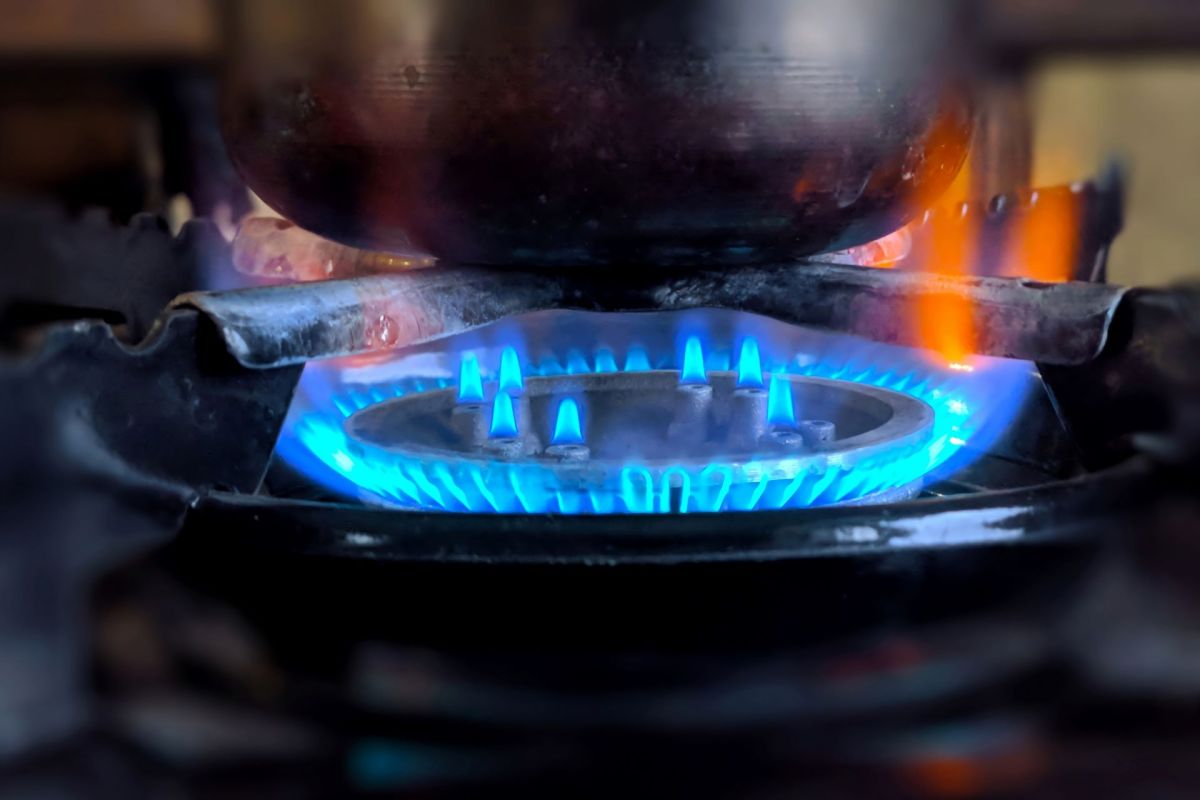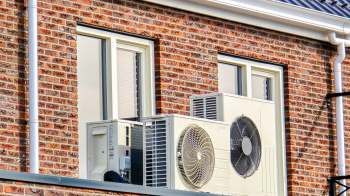Air quality has been in the news a lot lately, as more than 400 raging Canadian wildfires recently sent massive amounts of smoke into the eastern portion of the United States.
And while the concern over having clean air is justified, there hasn't been nearly enough attention paid to the invisible pollution hiding in millions of Americans' homes: the harmful fumes created by gas stoves.
Besides the fact that America's gas stoves are terrible for the environment — having a similar impact to adding half a million more cars to our roads — they're also bad for our lungs. The Rocky Mountain Institute found that gas stoves are one of the largest polluters of homes across the U.S.
One recent study found that about one in eight American children with asthma have it because of pollution from their home's gas stoves. This staggering statistic should raise alarm bells for parents.
DR Richardson, a climate-tech expert, helped put the issue in context during a recent interview with The Cool Down.
"It's like having a tailpipe from a car directly piped into your house," Richardson said. "Do you really want to expose your kids to that?"
🗣️ Which of these factors would most effectively motivate you to buy an induction stove?
🔘 Healthier indoor air 🏠
🔘 Superior cooking results 🍳
🔘 Helping the planet 🌎
🔘 I wouldn't buy an induction stove 🚫
🗳️ Click your choice to see results and speak your mind
Richardson's analogy is striking. When we see car exhaust, we instinctively know not to breathe it in.
Just because a gas stove's pollution is invisible doesn't mean we should ignore it. We'd never cook our food from the heat of a running car, even if it made food taste better or cook faster. Gas stoves are shown to emit known carcinogens, like benzene, into our homes.
Many American homes have carbon monoxide detectors to alert us to a different invisible gas, so why are we ignoring the dangers of another?
The answer is largely due to the extraordinarily coordinated efforts of dirty energy companies to deceive and sway the American public, telling them that gas stoves are classy, superior, and safe. These gas companies have spent and continue to spend millions of dollars to fight anti-gas stove laws and trends.
TCD Picks » Upway Spotlight
💡Upway makes it easy to find discounts of up to 60% on premium e-bike brands
Disinformation aside, unlike car exhaust, the air pollution from our gas stoves may be harder to avoid. When we see car exhaust, we walk right past it down the street. But indoors, keeping stove fumes at arm's length can be more challenging, especially since we spend about 90% of our time indoors.
As an increasingly large mountain of evidence comes out about the dangers of gas stoves, it begs the question: Why are we still using open flames for cooking our food when there are options that don't burn toxins in our kitchens?
Induction stoves are becoming the best alternative to avoid gas cooking. Besides being better for the planet and our lungs, they're also way more energy efficient than gas stoves. Plus, they cook food more quickly and evenly and make cleanup way easier.
Thanks to the Inflation Reduction Act, you can get up to $840 back when you make the upgrade. Because of this, now may be the best time to get those nasty gas stoves out of your kitchen and protect your family's health.
Join our free newsletter for easy tips to save more, waste less, and help yourself while helping the planet.














